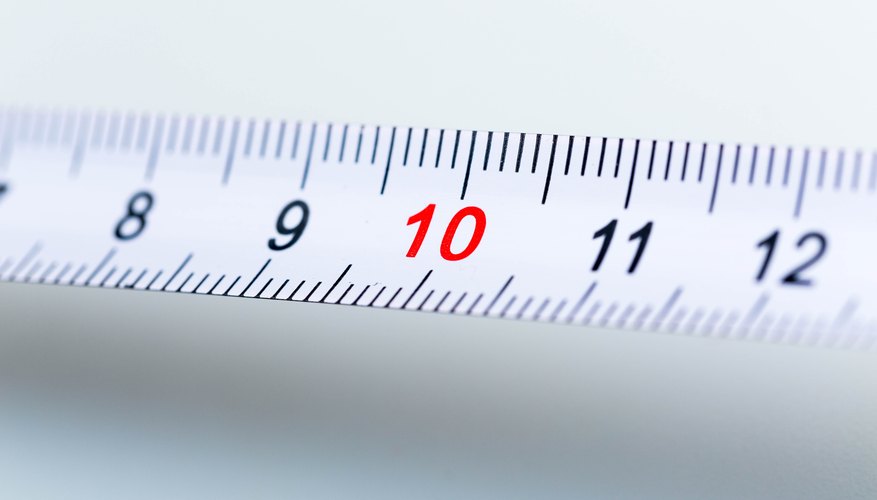How Many Centimeters are in a Meter?
Understanding the relationship between meters and centimeters is essential in various fields, from science and engineering to everyday life. Whether you’re measuring the dimensions of a room, the height of a person, or the length of an object, knowing how to convert between these two units of measurement can be incredibly useful.In this comprehensive article, we’ll delve into the details of meters and centimeters, exploring their definitions, the conversion process, and practical applications.
Key Facts about Meters and Centimeters
| Fact | Source |
|---|---|
| 1 meter (m) is equal to 100 centimeters (cm). | Wikipedia |
| Centimeters are a unit of length in the International System of Units (SI), while meters are a larger unit of length in the same system. | Wikipedia |
| Meters and centimeters are commonly used to measure the dimensions of objects, distances, and heights in various fields, including construction, engineering, and everyday life. | N/A |
| Precise measurement is crucial in many applications, as small differences in measurements can have significant implications. | N/A |
| Conversion between meters and centimeters is a straightforward process, but it’s important to understand the relationship between the two units to avoid mistakes. | N/A |
Understanding Meters and Centimeters
Meters and centimeters are both units of length in the International System of Units (SI). A meter (m) is a larger unit of length, while a centimeter (cm) is a smaller unit.Meter (m)
The meter is the base unit of length in the SI system. One meter is defined as the distance traveled by light in a vacuum in 1/299,792,458 of a second.Centimeter (cm)
The centimeter is a smaller unit of length in the SI system. One centimeter is one-hundredth of a meter, meaning that 1 meter is equal to 100 centimeters.
Conversion Between Meters and Centimeters
Converting between meters and centimeters is a straightforward process. The key relationship to remember is that 1 meter is equal to 100 centimeters.To convert from meters to centimeters, you simply need to multiply the number of meters by 100. For example, 5 meters is equal to 500 centimeters.Conversely, to convert from centimeters to meters, you need to divide the number of centimeters by 100. For instance, 250 centimeters is equal to 2.5 meters.Here’s a simple formula to remember:Centimeters cm Meters m 100
Meters m Centimeters cm 100
Practical Applications of Meters and Centimeters
Meters and centimeters are used in a variety of contexts, including:
Construction and Engineering
In the construction and engineering industries, meters and centimeters are used to measure the dimensions of buildings, structures, and various components. Precise measurement is essential to ensure the proper fit and functionality of these structures.
Science and Research
Meters and centimeters are widely used in scientific research and experiments, where the precise measurement of lengths, distances, and heights is crucial. This includes the measurement of physical phenomena, the dimensions of laboratory equipment, and the size of various objects.
Everyday Life
In everyday situations, meters and centimeters may be used to measure the dimensions of furniture, the height of individuals, the length of clothing, and the size of various household items.
Sports and Athletics
In sports and athletics, meters and centimeters are used to measure the dimensions of playing fields, the height of hurdles, and the distance of various events, such as long jump and high jump.
Potential Pitfalls and Considerations
While the conversion between meters and centimeters is straightforward, it’s important to be mindful of potential pitfalls and considerations:
Precision and Accuracy
Accurate measurement is crucial, especially in fields like construction, engineering, and scientific research. Mistakes in unit conversion can have serious consequences, so it’s essential to double-check your calculations and use the appropriate measuring tools.
Rounding and Significant Figures
When converting between meters and centimeters, it’s important to consider the appropriate number of significant figures and to round the result to the correct level of precision. Rounding errors can lead to inaccuracies, particularly in sensitive applications.
Context and Units
Always be aware of the context in which meters and centimeters are being used. Ensure that you are using the correct unit for the specific application, as mixing up units can lead to significant errors.
Conclusion
Meters and centimeters are fundamental units of length in the International System of Units (SI), and understanding the relationship between them is essential in various fields, from construction and engineering to science and everyday life.By mastering the conversion process and being mindful of potential pitfalls, you can ensure accurate measurements and make informed decisions when working with lengths and distances. Whether you’re an architect, a scientist, an athlete, or simply someone interested in unit conversions, this comprehensive guide has provided you with the knowledge and tools to confidently navigate the world of meters and centimeters.
FAQ: How Many Centimeters are in a Meter?
1. What is the relationship between meters and centimeters?
One meter (m) is equal to 100 centimeters (cm). Centimeters are a smaller unit of length in the International System of Units (SI), while meters are a larger unit.
2. How do you convert from meters to centimeters?
To convert from meters to centimeters, you multiply the number of meters by 100. For example, 5 meters is equal to 500 centimeters.
3. How do you convert from centimeters to meters?
To convert from centimeters to meters, you divide the number of centimeters by 100. For instance, 250 centimeters is equal to 2.5 meters.
4. Why is it important to understand the relationship between meters and centimeters?
Accurate measurement is crucial in various fields, such as construction, engineering, and scientific research, where small differences in measurements can have significant implications. Understanding the conversion between meters and centimeters helps to avoid mistakes and ensure proper measurements.
5. In what contexts are meters and centimeters commonly used?
Meters and centimeters are used in construction and engineering, scientific research, everyday life, and sports and athletics to measure the dimensions of buildings, structures, physical phenomena, household items, and athletic events.
6. What are some potential pitfalls to be aware of when working with meters and centimeters?
Potential pitfalls include the need for precision and accuracy, the importance of rounding and significant figures, and the need to be aware of the context and units being used to avoid mixing them up.
7. Why is it important to be able to confidently convert between meters and centimeters?
The ability to confidently convert between meters and centimeters is essential in various fields, as it allows for accurate measurements, proper dimensioning of structures and equipment, and the precise handling of lengths and distances. This knowledge can have significant implications for safety, quality, and decision-making.



